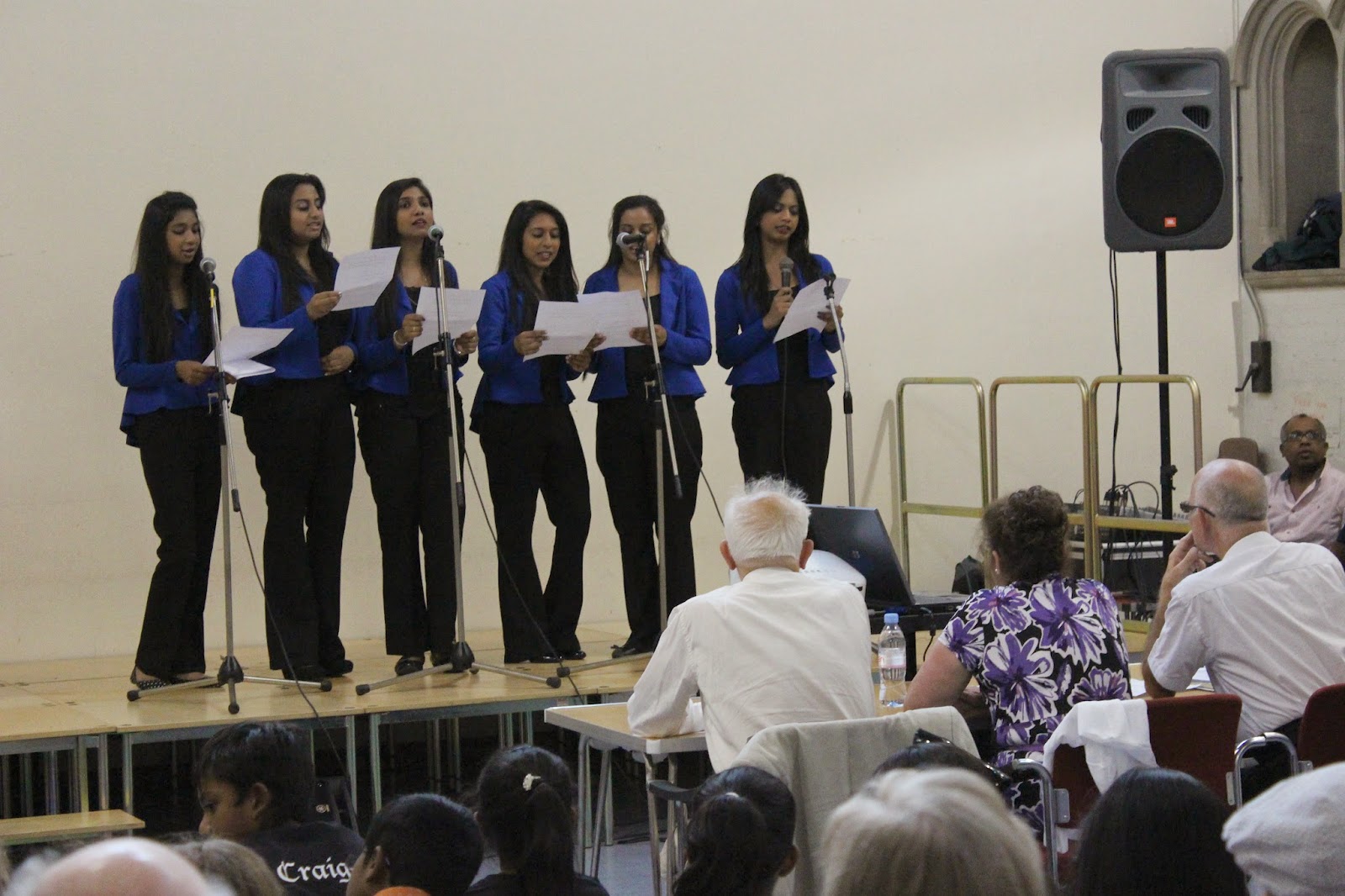I have recently written the introductory piece for the latest e-info mailing sent out by the Arts Centre Group. In it I summarise briefly the main learning from my sabbatical art pilgrimage:
"Over the past three months spent on sabbatical I’ve been enjoying the opportunity to visit churches in Belgium, England, France and Switzerland to see works of modern and contemporary art.
"Over the past three months spent on sabbatical I’ve been enjoying the opportunity to visit churches in Belgium, England, France and Switzerland to see works of modern and contemporary art.
I have seen exciting work by a wide range of significant twentieth
century and contemporary artists including, among others, Jean Bazaine, Pierre Bonnard, Anthony Caro, Mark Cazalet, Marc Chagall, Brian Clarke, Le Corbusier, Stephen Cox, Maurice Denis, Eric Gill, Evie Hone, John Hutton, Roy de Maistre, Alfred Manessier, Henri Matisse, George Minne, Henry Moore, Tom Phillips, John Piper, Patrick Reyntiens, Georges Rouault, Albert Servaes, Gino Severini, Graham Sutherland
and Bill Viola.
The commissions that I have seen during this sabbatical tell
a story of a continuing engagement by the Church with contemporary art from the
Post-Impressionists to the present day. This engagement has often been
contentious and contested but it has nevertheless been a continuing
relationship involving both mainstream artists with a Christian faith and
church commissions undertaken by mainstream artists who have not professed the
faith.
This story is not one which has been well told, either by
the Church or the mainstream art world. There are many reasons for this on both
sides but my concern in making this story the focus of my sabbatical has been
to encourage the Church to tell and to value this story.
As both a parish priest and through commission4mission, the
group of artists of which I am part, I have seen the value of promoting and
publicising the artworks which churches have commissioned. Through the creation
of Art Trails locally and regionally, we have provided churches with a means of
publicity which has led to events such as art competitions, exhibitions,
festivals and talks, community art workshops, guided and sponsored walks, and
Study Days. Each has brought new contacts to the churches involved and has
built relationships between these churches and local artists/arts organisations.
It is my contention that to tell more fully the story of the
engagement which the Church has had with modern and contemporary art could have
similar impact on a wider scale and would also have the effect of providing
emerging artists from within the Church and the faith with a greater range of role
models and approaches for their own developing inspiration and practice.
The commissions I have seen speak powerfully and
movingly of the Christian faith and therefore also inform the spirituality of
those who see them. I am seeking to tell part of this story through posts about
my sabbatical visits on my blog at http://joninbetween.blogspot.co.uk/, as well
as in the Church of the Month series on the ArtWay website - http://www.artway.eu/.
My hope is that others will find these commissions and the continuing story of
church commissions as inspirational as I have done."--------------------------------------------------------------------------------------------------
David Grant - Change.























































